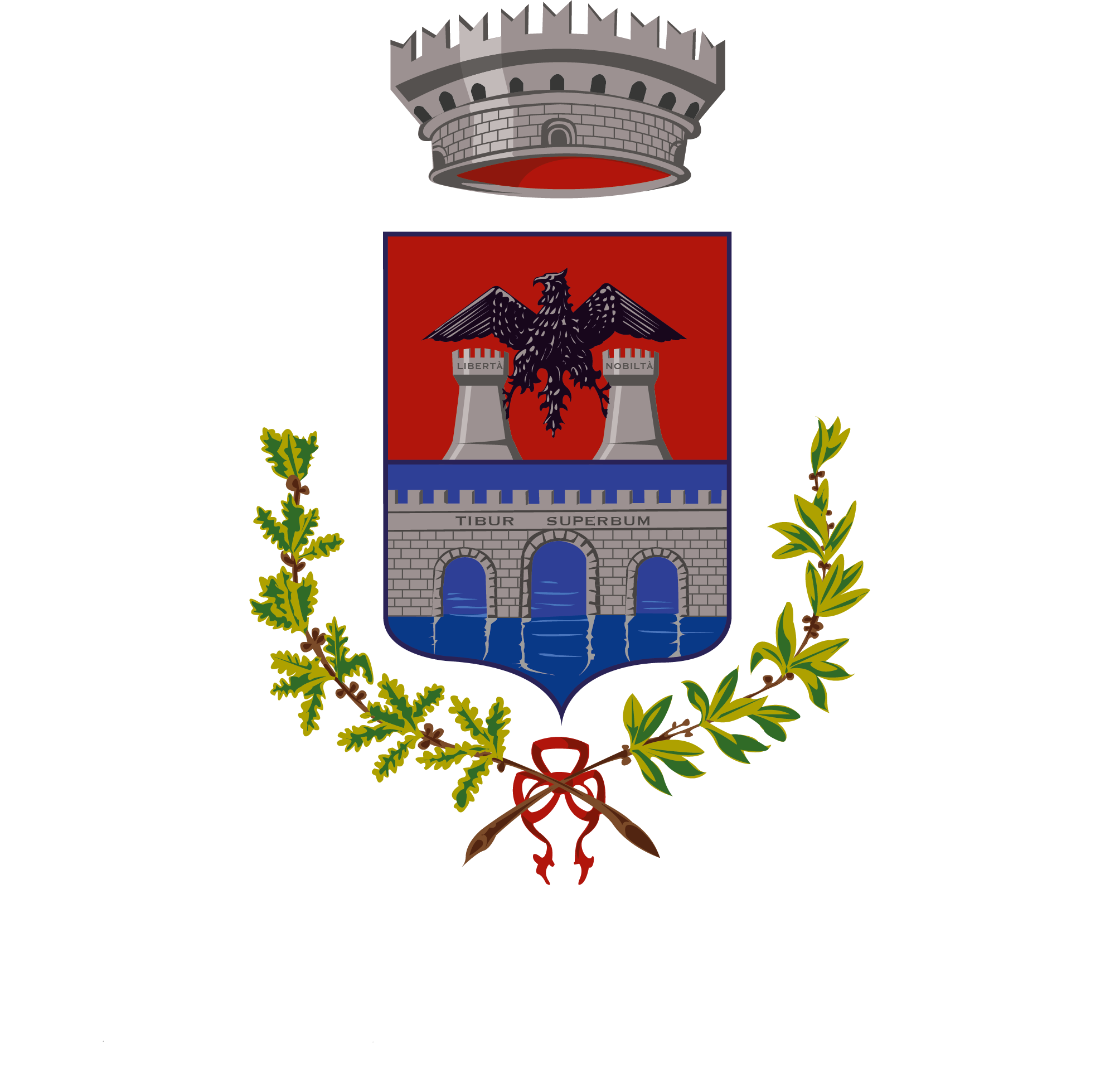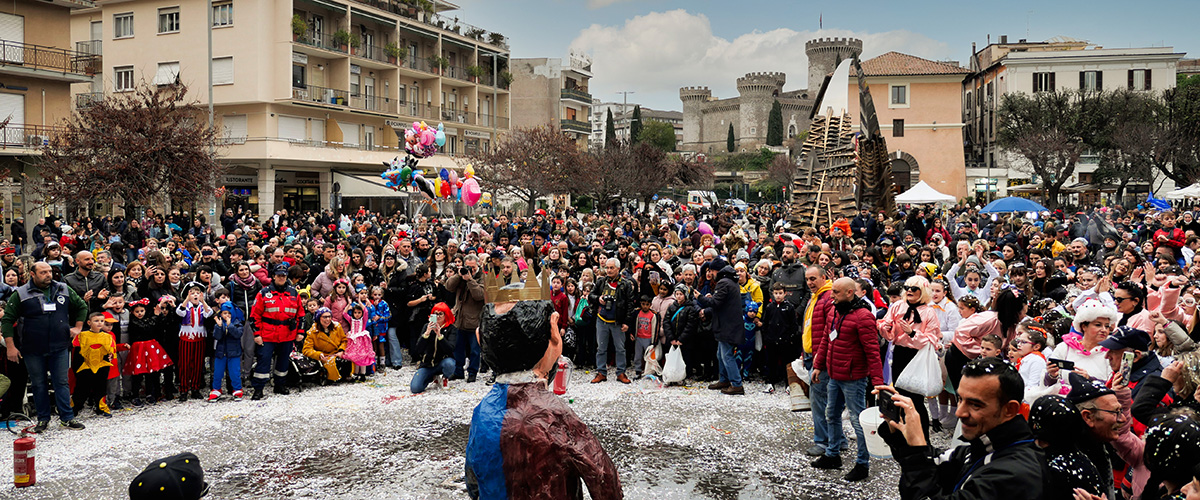The Carnival of Tivoli traces its roots back to the Renaissance era when Cardinal Ippolito II d’Este would invite his noble friends to spend the “period of jests” at his opulent villa, nestled in the heart of the city. Here, lavish masked balls and dances were organized.
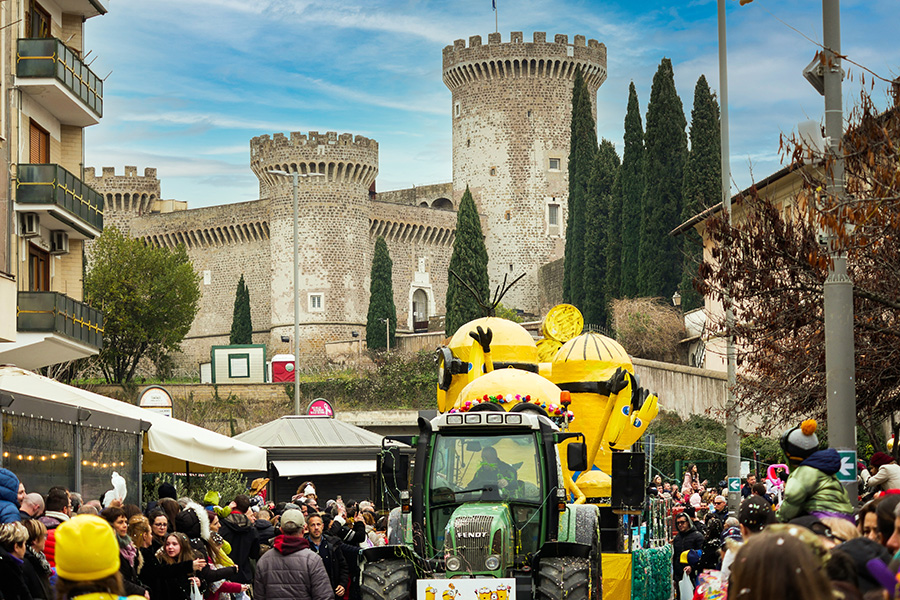
The tradition of elaborate float parades, skillfully crafted from papier-mâché, emerged after the unification of Italy. Prior to this, the festivities unfolded in the historic center, with masked groups captivating the attention of neighboring cities with their folklore and splendor.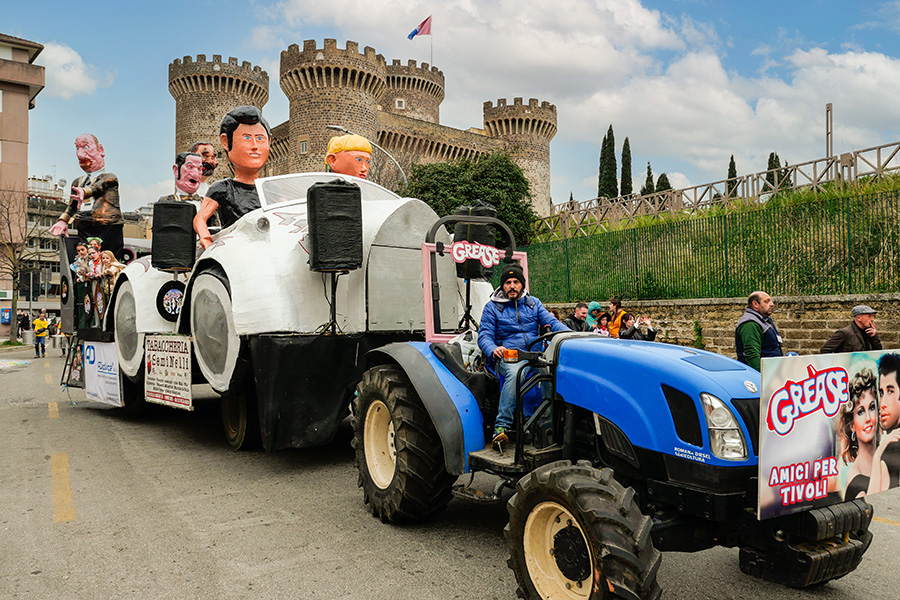
After an initial hiatus caused by the outbreak of World War I, the carnival experienced a significant growth during the fascist period, featuring parades accompanied by grand athletic events. Another interruption occurred during World War II, but the carnival regained momentum in the 1950s and garnered increased attention in the 1970s with the establishment of the Central Committee for Tiburtine Celebrations.
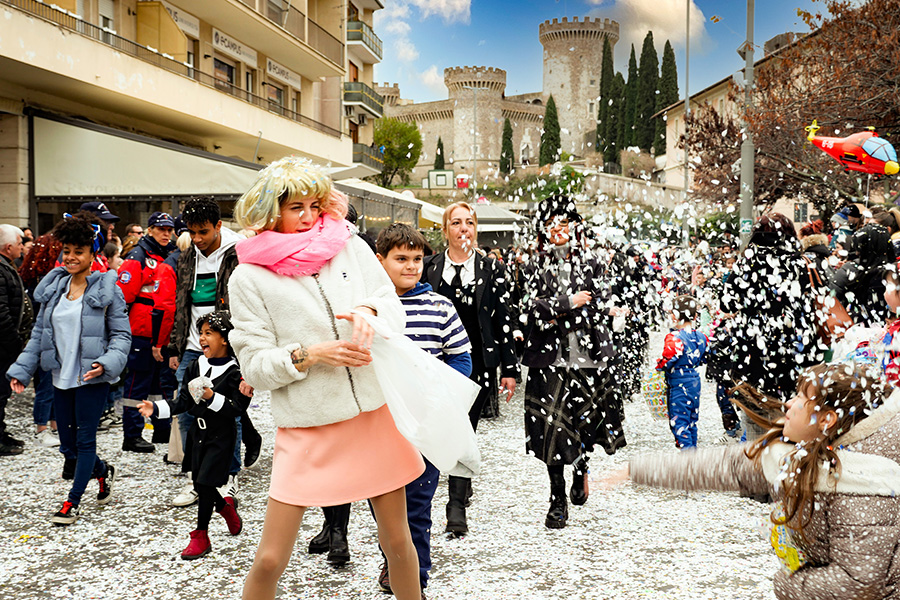
The traditional parade of allegorical floats now winds its way through the city streets from January 17th until Ash Wednesday. Alongside the folk performances, which echo the traditional beat of the Tiburtine tambourine, the float parades feature masked dances, activities for children, music, games, community initiatives, exhibitions, and various entertainment activities.
